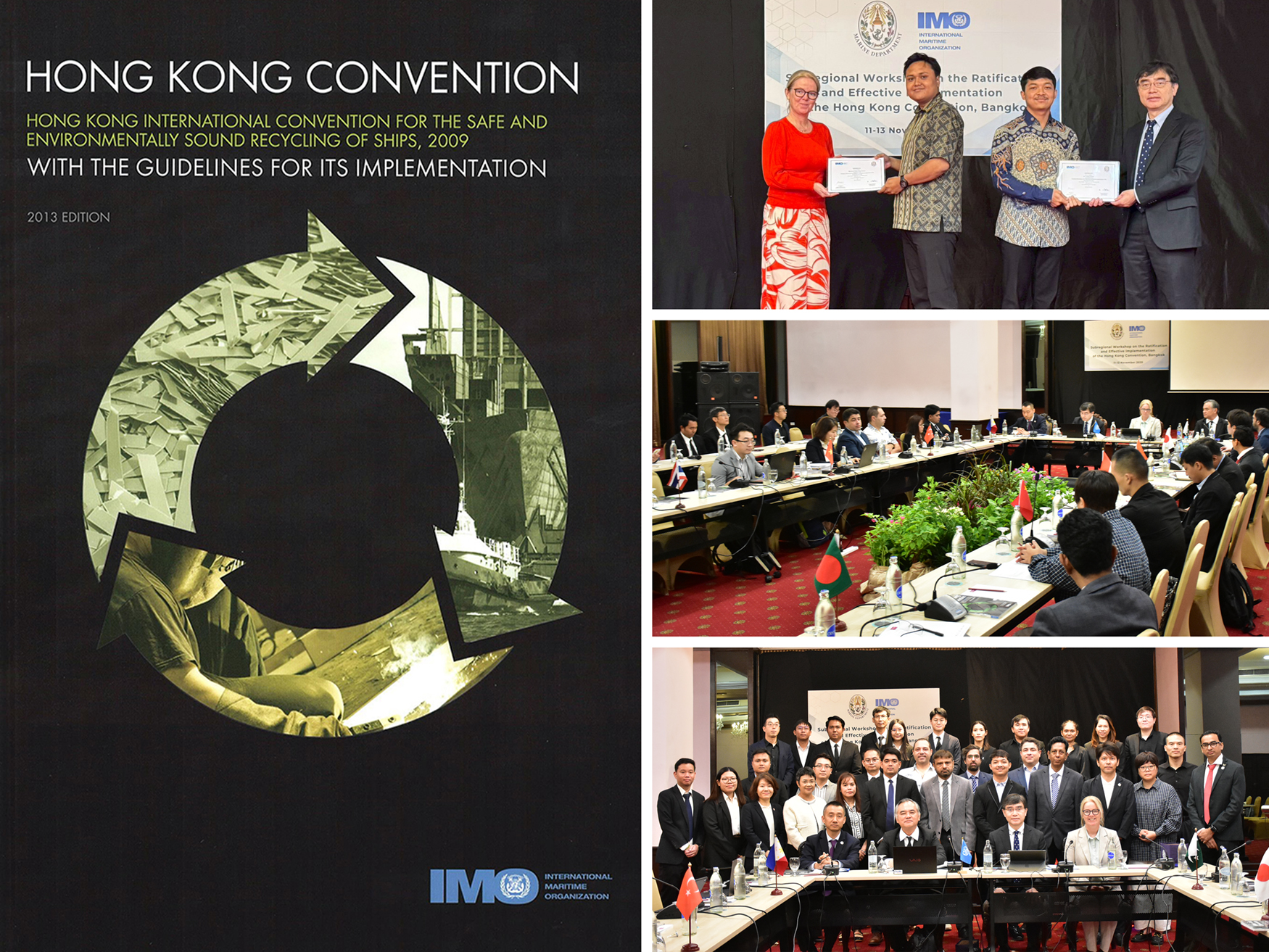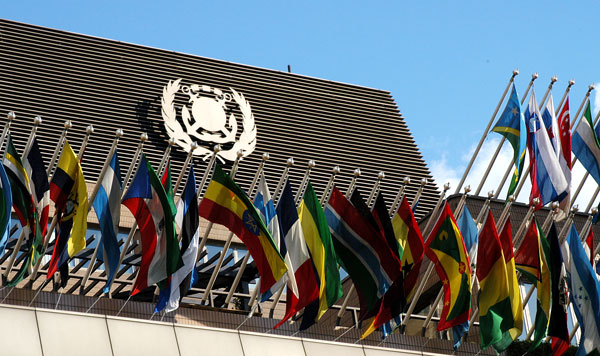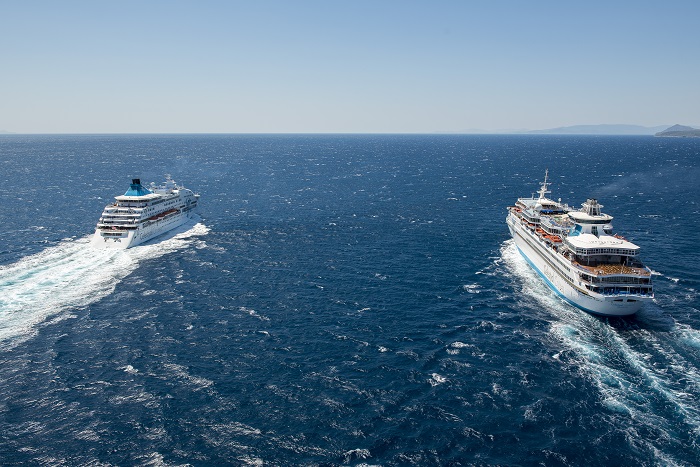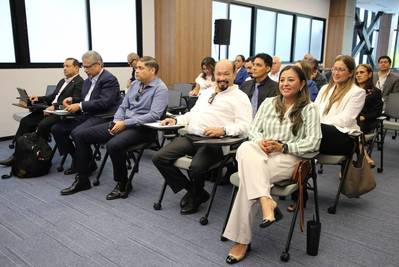






In May 2023, the Asia-Pacific Port State Control Memorandum of Understanding (also known as Tokyo MOU) released the 2022 Port State Control (hereinafter referred to as PSC) Annual Report, which provides detailed information on PSC inspection data. Based on the annual report, this article will focus on the analysis and interpretation of the PSC inspection data conducted by Tokyo MOU in 2022, which will provide reference for the industry to further understand the direction and focus of port state supervision and inspection.
Overview of annual PSC in the region
In 2022, a total of 26,259 foreign ships arrived at the ports of the TMA member countries, of which 24,894 PSC inspections were conducted by the TMA member countries for 99 flag states, with a total of 15,853 ships inspected, representing an inspection rate of about 60%. Among them, 2,515 vessels were inspected by remote PSC (10.1%), and the number of initial inspections on board increased by 3,377 vessels (17.78%) compared with 2021. Defects were found on 12,678 vessels through PSC inspection, with 46,769 defects found and 725 vessels detained, representing a detention rate of 2.91%. Compared with 2021, the Tokyo MOU shows an overall increase in the number of PSC inspections, the inspection rate, the total number of defects, the number of detained vessels and the detention rate.
The global outbreak of the New Crown epidemic in 2020 had a serious impact on the PSC work of the Memorandum of Understanding, and the data in all aspects dropped significantly, while in the past two years, with the gradual stabilization of the epidemic situation, most regions in the epidemic management policy restrictions were relaxed, in this context, the Memorandum of Understanding inspection work showed a gradual recovery trend, but still not fully restored to the pre-epidemic inspection status. At the same time, according to the annual report, other MOU activities have also resumed, such as the 33rd Port State Control Committee Meeting (PSCC 33) and the 16th Technical Working Group Meeting (TWG 16) of the Tokyo MOU of 2022, which were held in a combination of online and offline formats from the previous two years, which is not unrelated to the current relaxation of the epidemic restrictions in various countries.
Boarding inspection is the mainstream
1. Port State Supervision and Inspection Status
In the initial PSC inspection conducted by each port state in 2022 MOU, China topped the list with 3,251 vessels, with the inspection volume accounting for 13.06% of the total number of vessels inspected in the Asia-Pacific region. This was followed by Japan (2958,11.88%), Indonesia (2754,11.06%), Australia (2405,9.66%) and Vietnam (2208,8.87%). The total number of PSC inspections in the above five member countries accounted for 54.53% of the total in the Asia-Pacific region.
Due to the impact of the epidemic, the Tokyo MOU has launched remote inspection since April 2021, allowing remote inspection as an alternative to boarding inspection if boarding inspection is not feasible. In 2022, the number of remote inspection vessels decreased from 3,728 (16.40%) in 2021 to 2,515 (10.10%), which confirms the epidemic situation and the liberalization of the policy, and also proves that the PSC inspection of the MOU always focuses on boarding inspection, and remote inspection only exists as a temporary alternative measure under the special conditions of the epidemic.
2. China PSC inspection situation
In 2022, out of 3251 PSC preliminary inspections in China, a total of 2522 inspections with 8048 defects were found, with 2.48 defects per ship, and 179 foreign ships were detained, with a detention rate of 5.51%. Although the inspection rate has not increased much compared with 2021 (19.32%), the single ship defects and detention rate have increased significantly compared with 2021, and the zero defect reporting rate has also decreased.
In 2021, China mostly adopted remote inspection as a temporary alternative to boarding and inspection, while in 2022, China still ranked first among the MOU member countries with 68.41% of remote initial inspection rate, much higher than the average level of 10.1% in the MOU. However, in the second half of 2022, with the resumption of a small number of boarding inspections at the port of Shanghai, the remote initial inspection rate has dropped from 83.80% in 2021 to 68.41%. Compared with remote inspections, boarding inspections directly face the crew and the ship, and ship defects are more easily detected, so the average number of defects and detention rate have increased. This trend is consistent with the overall trend of the MOU, which also confirms the irreplaceable nature of the boarding inspection method, which ensures the high pressure of ship safety supervision and at the same time urges all parties concerned to take up their safety responsibilities as far as possible.
In addition, as in previous years, the average number of defects and detention rate of individual ships inspected by China PSC is still higher than the average of the MOU, and the zero defect reporting rate is also much lower than the average of the MOU, which also shows that China still maintains a strict attitude in PSC inspection despite the strong influence of the new pneumonia.
Annual report data overview
1、Defect situation analysis
From the defect situation, the annual report listed the most common defects in 2022, mainly including fire safety (7107, 15.20%), navigation safety (6405, 13.69%), working and living conditions (6034, 12.90%) and life-saving equipment (5918, 12.65%). In 2021, the highest number of deficiencies in the Tokyo MOU PSC inspections are fire safety (5929), working and living conditions (5773), life-saving equipment (5192), and navigation safety (4743).
Although the total number of defects related to crew working and living conditions increased, the percentage of defects decreased from 14.49% in 2021 to 12.90%, which on the one hand is related to the increase in the number of PSC inspections last year, and on the other hand also reflects to a certain extent that with the emphasis and strict control of MLC-related issues in recent years, the crew working and living environment, medical and health On the other hand, it also reflects to some extent that with the attention and strict control of MLC-related issues in recent years, the working and living environment, medical and health protection, wage payment, shift change and repatriation of crew members have further improved.
2. Flag State Performance
(1) Analysis of detention situation
In 2022, a total of 725 vessels in the Asia-Pacific region were detained due to serious defects found in PSC inspections, with an average detention rate of 2.91%.
From the perspective of flag states, among the flag states that received more than 20 PSC inspections, the top five detention rates were Togo (12.94%), Mongolia (10.28%), Sierra Leone (9.54%), Belize (8.91%) and Belgium (8.33%). Flag State performance has always been closely related to the detention rate, with Togo, Mongolia and Sierra Leone, which have the highest detention rates, included in the blacklist of MOU, and Belize and Belgium, which are in the fourth and fifth places, on the grey list. Such poor performance of the flag state, more need to make further efforts in ship safety supervision. Shipping companies and ships are also reminded that according to the Tokyo MOU New Inspection Mechanism (NIR), the risk attributes of a ship determine the time interval for the implementation of regular PSC inspections, and if a ship flies the flag of a blacklisted flag state, the weight value is increased by 1, while if the sum of the weight values is greater than or equal to 4, it will be judged as a high-risk ship, and once a ship is classified as a high-risk ship, it may face more frequent inspections.
In 2022, there were 336 defective vessels inspected by PSC within the scope of Tokyo MOU, of which 3 were detained, with a detention rate of 0.37%, although the number of detained vessels was the same as last year, but the detention rate decreased compared with last year (0.57%).
(2) Changes in the black and white gray list
The Tokyo MOU updates the "black and white" list every year according to the inspection and detention situation of each flag state in the past three years.
In 2022, four countries will be blacklisted in The Tokyo MOU, including Mongolia, Togo and Sierra Leone, which were already blacklisted in the previous year, and the island of Dominica. The number of grey list countries will remain at 16 in 2022, while the number of white list countries will be 36. China, as one of the white-listed countries, has been inspected 1745 vessels in the past three years, with 8 detentions and the first ranking of -2.21 in the overage factor.
(3) Performance of different ship types
In terms of ship types, the most inspected ships are bulk carriers (9633, 38.70%), ro-ro/container ships (5196, 20.87%) and general dry cargo ships (4539, 18.23%) in order. According to the data of previous years, the proportion of bulk carriers inspected is always at a high level, which also reflects to a certain extent the mainstream ship type of the current shipping market.
In terms of detention, the only two vessel types that exceeded the average detention rate in 2021 were reefer (4.72%) and general dry cargo ship (3.83%), while in the 2022 memo PSC inspection results, general dry cargo ships jumped to the first place with a detention rate of 5.51%, oil tankers/mixed carriers (2.92%) ranked second, while the detention rate of reefer (2.19%) dropped to below the average line. In addition, although the number of inspected vessels is the largest, bulk carriers (2.56%) and Ro-Ro vessels/container ships (1.71%) perform relatively well in terms of detention rate.
(4) Recognized organizations (RO) performance
In terms of RO, the number of RO held responsible for detention defects in 2022 has increased significantly, therefore, RO should pay more attention to inspection work when conducting ship inspections to ensure inspection quality.
In summary, the situation of the epidemic has become a trend, the epidemic is no longer a reason and excuse for all parties concerned to avoid responsibility. With the World Health Organization (WHO) announcing on May 5, 2023 that the new crown epidemic no longer constitutes a "public health emergency of international concern", all relevant parties in the shipping industry should further assume their responsibilities effectively, whether they are ships, shipping companies, flag states or recognized organizations, all have the obligation to comply with international conventions and rules, to fulfill their own responsibilities and to maximize the quality of inspection. All parties involved in the shipping industry should further take up their responsibilities, whether they are ships, shipping companies, flag states or recognized organizations, to comply with international conventions and rules, fulfill their responsibilities, and ensure that ships and crews meet the requirements of the conventions to the greatest extent possible, and jointly promote ship safety.
Ship "maintenance" is a matter of great importance
With the continuous development of regionalization of port state supervision, the MOU plays an increasingly important role in the implementation of port state supervision, and the inspection requirements are becoming increasingly strict.
Looking at the most common detention defects in the past three years, ISM defects related to ship and equipment maintenance and other ISM defects are the most common, which also shows that the Tokyo MOU has been paying great attention to the implementation of the ISM system. In this regard, shipping companies need to effectively perform their safety management responsibilities to ensure the effective operation of the management system.
The percentage of ISM deficiencies in ship equipment maintenance cannot be ignored. In fact, in the past three years, affected by the epidemic, the ship's shore-based maintenance support can not be guaranteed, at the same time, some spare parts can not be on board and other issues to a certain extent affect the implementation of the ship and equipment, especially the host and power generation system maintenance work. It is pointed out in the annual report that due to the lack of maintenance of the ship's main engine and power generation system, the number of ship accidents is increasing, which poses a great threat to the safety of ships and the marine environment. In this regard, the Memorandum of Understanding member countries to strengthen the inspection process to pay attention to the implementation of maintenance plans. In June 2022, Shanghai Maritime Bureau issued the Notice on Strengthening Safety Management of Ships with Faulty Electrical and Mechanical Equipment to further strengthen the management and inspection of faulty ships. In August of the same year, the Australian Maritime Bureau also issued a maritime notice on its official website related to the disposal of ships with mechanical and electrical equipment failures, emphasizing that ships with failures caused by the lack of maintenance of mechanical and electrical equipment will receive special inspections on ship maintenance. In this regard, shipping companies should pay great attention to strengthen the maintenance of key equipment such as ship electromechanical equipment, do regular testing and self-inspection and timely coordination of shore-based technical guidance and maintenance support for the ship.
In addition to ISM defects, more frequent detention defects are manifested in such aspects as fire baffles, lifeboats and other firefighting and life-saving equipment defects. In addition, 2022 on ventilation, fire pumps and their piping systems and other fire safety-related detention defects also increased significantly.
It is worth noting that the theme of the upcoming joint centralized inspection (CIC) between the Tokyo MOU and the Paris MOU in 2023 is also targeted at "fire safety", which fully demonstrates the widespread concern of the MOU and the industry as a whole for the fire safety sector. Crew members should pay great attention to this, the ship's equipment, especially firefighting, life-saving and other equipment that can be judged to have defects in a timely manner to do maintenance and regular self-correction, as far as possible to avoid being issued with defects that lead to detention. With the official announcement of the World Health Organization, the impact of the new pneumonia epidemic has receded, and the work of the MOU will also usher in a further full recovery. At present, the normal PSC inspection in China has been fully resumed, and the further increase of the proportion of PSC inspection in the boarding round of each member country of the MOU is also the general trend. All relevant parties in the industry need to accurately grasp the focus and direction of the MOU PSC inspection, uphold the iron needs to be hardened consciously, and actively take measures to prepare for adequate inspection.






